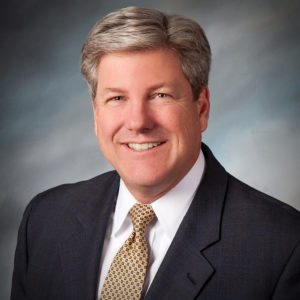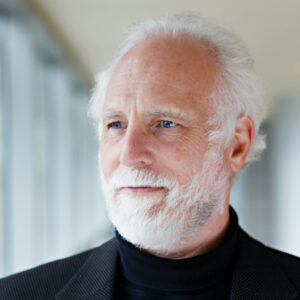This article originally appeared on Advisor Perspectives.
The CFP Board has made an important step in addressing material conflicts. Can it shadow President Kennedy’s pledge – and get to the Moon?
As we mark the golden anniversary of the creation of the undertaking we now call “financial planning,” the CFP Board took a decisive step to enforce a real fiduciary standard by requiring disclosure and informed customer consent of material conflicts.
On Thursday, December 12, we will observe 50 years since financial planning took root. In The History of Financial Planning, authors Brandon and Welch chronicled how in 2009, “the financial planning movement emerged,” starting in December 12, 1969 when 13 men gathered in Chicago.
“These men came out of curiosity and a sense of shared mission: to raise the level of professionalism in retail financial services and to make ’financial consulting,’ rather than salesmanship the driving force of their industry,” wrote Brandon and Welch. They said financial planning “discovered and developed a dazzling treasure of potential, which is the heart of our story.”
Yet, much work remains. Financial planning professor and fiduciary expert, Ron Rhoades, underscored this point in an article last week. In “How Financial Planning Can Become a True Profession,” Rhoades set out the requisites in a unique body of knowledge, a required course of study, a strong code of ethics, a strong commitment to the profession and the public it serves and a sanctioning organization.
His conclusion? “I look forward to the day when I am proud to call myself a professional financial planner.”
Financial planner and professor, Dave Yeske, also offered a thoughtful perspective of financial planning in the October’s Journal of Financial Planning. He inventoried planning’s progress and shortfalls. He concluded on a humble note, “We have at least begun to embrace the imperatives of a true profession and are working to make them real.”
Last month a true profession became a bit more real, thanks to CFP Board’s published case study 14, “The Duty to Disclose and Manage Material Conflicts of Interest Involving Proprietary Products.” I will focus on the disclosure requirement. The case study is one of 22 that provide guidance to CFPs in meeting its Code of Ethics and Standards of Conduct. The excellent case study addressed questions raised in my prior article on Northwestern Mutual’s disclosure of its material conflicts of interest.
The importance of case study 14 is hard to overstate. It addresses the main hurdle registered reps must overcome to meet a real fiduciary standard, material conflicts. Its guidance is clear, candid and pertinent. It shouts, ”Material conflicts are hard to overcome.” It tells the registered rep CFP what to do. If successful, it validates the CFP Boards’ fiduciary promise. If successful, CFP Board will be a hero.
Rhoades discussed the challenge to overcome material conflicts, “The fiduciary duty of loyalty is tough. It is judged harshly, with a presumption of breach of fiduciary duty whenever a material conflict of interest is not avoided. The burden lies with the financial planner to justify her or his actions.”
Case study 14 says a CFP must provide a customer and disclose “sufficiently specific facts” about the material conflicts so that “a reasonable client would be able to understand it” to either reject the recommended transaction or provide informed consent. CFPs are not, however, required to make this disclosure in writing, though a written disclosure is recommended as a best practice.
Guidance and enforcement define any standard. SEC Commissioners Robert Jackson and Allison Herren Lee made this point on Reg BI last week, according to Investment News. “These little decisions make all the difference,” Mr. Jackson said. “There’s still a lot of work that can be done.”
Oral versus written disclosures? Deborah S. Bosley, Ph.D., founder and principal of The Plain Language Group, LLC, is a nationally recognized authority on “plain language” and counsels major financial services firms in communications. Bosley points out three problems with oral disclosures.
- How can anyone prove that a disclosure was given if given orally?
- How can anyone prove exactly what was said if it was said at all? and
- What are the guidelines for explaining conflicts of interest orally? What is required to be said and how is it required to be said?
Financial planning has come far in 50 years but a true profession is not in hand. Planning guru Bob Veres says it may be 20 to 30 years before a “real regulated profession” is established. Think about Bob’s forecast and its implications. Is it realistic?
It certainly paints a discouraging picture for consumers.
In 1961 President Kennedy pledged to put a man on the Moon in eight years. Neil Armstrong’s walk on the Moon resulted. The CFP Board can get registered reps to address material conflicts in just two more years. It can interpret and apply case study 14 with prudence and care to get there. It is doable. It would also be historic and heroic.

